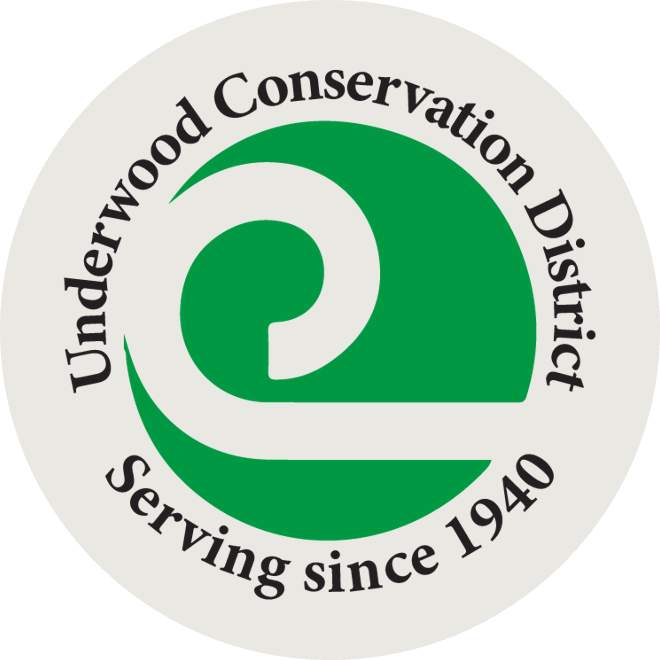Forests and Fire
Forests are dynamic places, full of life and change as they respond to disturbances. Many of our ecosystem services are built on our forest communities, from commercial timber to clean water. The wildlife around us, too, is part of this forest community.
Wildfire is a naturally occurring process in healthy forests, and has existed on the landscape both east and west of the Cascade Mountains for a millennia. Even so, fire is often devastating, consuming, and destructive to our homes when we build in forested rural areas. How can we balance living where the houses meet the trees (often called the Wildland-Urban Interface, or WUI) with wildfire hazard reduction? The answer is to live with it wisely – to be Firewise.
TECHNICAL ASSISTANCE
UCD offers free, no-obligation site visits to landowners in west Klickitat and Skamania Counties for assistance in the following areas:
Forestry
Know your forest. What do you have on your land? Spend some time, learn your plant community, get some advice.
Articulate clear goals. Consider, and write down, what it is you want from your forest in specific terms. What are you hoping to achieve in five years? In 30? Do you want to be able to collect firewood every year? Improve wildlife habitat? Re-plant harvested acreage? Enjoy a trail system around the property?
Make a plan to get there. Be specific. Draw maps. Set out specific activities for the next two, five, ten years to move closer to your goals.
Wildfire
Through our Wildfire Resilience Program, we help community members make their homes and properties more fire-wise:
Be aware. Wildfire, to some degree, is inevitable, as well as sometimes destructive to human habitations. Wildfires happen every year in grasslands, forest stands, and private property throughout the greater Columbia Gorge.
Be prepared. Learn how to reduce wildfire hazards around your home, either from our team or on your own. Basic ideas include pushing back vegetation 30-plus feet from your house and other structures; spacing trees (especially pines and firs) within about 100 feet of your structures and limbing them 8-12 feet off the ground; replacing fire-prone vegetation (such as arborvitae and juniper bushes) with fire-resistant landscaping; and, keeping an easily-navigable entry and exit to your property.
One step at a time. Make a list of priority needs to reduce wildfire hazards to your home and work through it over time. Need another set of eyes on your home to identify these steps? Want access to our mobile chipping service? Sign up for a free Wildfire Resilience Assessment.
FINANCIAL ASSISTANCE
UCD offers financial assistance to landowners for forest health and fuels reduction projects. Call or email us for information about our Conservation Incentive Program, and check the current status of our Wildfire Resilience Program.
For larger acreage forestry projects (greater than 20 acres), you may be eligible for technical assistance and cost-share through Washington Department of Natural Resources (the state’s forestry agency), as well as the Natural Resource Conservation Service (NRCS) EQIP and CSP programs.
EDUCATION and Online resources
UCD strives to offer periodic workshops and field days for area landowners. Stay in the know about current offerings by signing up for our eNewsletter. You can read more about forest ecology or check out these additional online resources:
• DNR has a Small Forest Landowner Office with links to various resources. Subscribe to their monthly newsletter for a range of small-forest articles and tips. You can sign up on their website.
• Similarly, the WSU Extension has a small-forest website, with a large collection of very useful brochures, booklets and more.
• Oregon State University’s “Know Your Forest” website is a good overview with many helpful forestry-related tips.
• WSU forestry coached planning online courses may be the single most useful thing a small-forest landowner could do. This well-structured, online class involves a good deal of learning about your forest from the ground up. Over 8 weeks, you’ll receive information and guidance from experienced state foresters and biologists and create your own Forest Stewardship Plan. To get the most out of this course, plan to spend several hours a week outside of the 3-hr class time. View their website for more information.
Contact us at 509-493-1936 to learn more about any of these services.




